On March 5, 1936, Julius Shulman was awestruck when he saw the Hollywood Hills home designed by legendary California Modernist architect Richard Neutra.
A free-spirited 26-year-old photographer, who was unsettled on a career, Shulman casually snapped six shots of the mansion with his Vestpocket Kodak camera. “I had never seen a house like this before,” he marveled.
Neither had the public. What Shulman could not foresee at the time is that those six shots would usher in the beginning of a new genre in the fine arts: architectural photography.
“Julius Shulman in the 1930s was the first person to document the stuff,” said Eric Chavkin, who with his wife, Alison Pinsler, runs the architectural bookstore Form Zero in downtown Los Angeles. “His images were the images that defined Modernism in Southern California. Julius captured the love of California and nature, even though its a manmade nature, nature is part of the shot.”
On a recent November day, a downpour drenched Shulman’s glass-walled studio, nestled on a lush two acres in the Hollywood Hills off Mulholland Drive. Wearing a bright red shirt and tan slacks secured by matching tan suspenders, Shulman, a 92-year-old who could pass for 65, talked by phone to a San Diego public television executive, who wanted 186 of Shulman’s photos for an upcoming book project.
Just days before, Shulman had contributed prints — including a shot of Wilshire Boulevard Temple and the rarely seen backside of Notre Dame in Paris — to an architecture book on places of worship.
“This is the secret of my life,” Shulman told The Journal. “I’ve become more and more involved.”
He recalled an item he once read about a German prime minister who was still active at 91. “And here I am 92. I look at my desk, and it’s cluttered with projects.”
Shulman, whose photography has been featured in LIFE and in dozens of architecture magazines and who recently finished a series of photos for the Cathedral of Our Lady of the Angels, can be found amid the clutter of a busy life: stacks of oversized prints, vertical sculptures, cameras, golf clubs, funky ’70s-style lounge chairs and shelves filled with architecture books. A poster of the cover of his Taschen-published 1998 autobiography, “Julius Shulman: Architecture and its Photography,” hangs behind one of two messy desks in the studio.
Born in Brooklyn to Russian immigrant parents, Shulman grew up in Connecticut, where his father moved the family in order to pursue farming. In 1920, the Shulmans again relocated to Boyle Heights, where Shulman’s father started a store, New York Dry Goods, on Brooklyn Avenue and Chicago Street.
Shulman had his bar mitzvah on Oct. 13, 1923, at the Breed Street Shul in Boyle Heights. After Shulman’s father died in 1923 at age 39, New York Dry Goods was run by his mother, two brothers and two sisters. Shulman’s brothers later ran Shulman Brothers Appliances. Shulman said, “They died too young,” like his father, in their pursuit to make money.
But that was never Shulman’s interest. He entered UCLA in 1929 to study electrical engineering. That lasted only two weeks. He spent the next seven years auditing courses at UCLA and UC Berkeley, where he shared a $25-a-month pad with pal Milton Goldberg (who founded Camp Max Strauss).
All that changed when he returned to Los Angles in 1936 and met Neutra, an architect famous for his sleek, modern style in which plate-glass walls and ceilings turned into deep overhangs that seemingly connected the indoors with the surrounding outdoors.
Their meeting came about through the six shots that Shulman snapped of the Neutra home. Shulman sent them to one of the architect’s apprentices, whom he had befriended. Neutra saw the photos and immediately hired Shulman.
“He would analyze each composition,” Shulman said. “He was the only architect looking over my shoulders 24 hours a day.”
Unlike others who had worked with Neutra, Shulman wasn’t fazed by the demanding designer, who, Shulman said, was a lousy photographer. Neutra’s wife, Dione, once told Shulman, “Julius, you would die if you saw his pictures. He was lucky if he had five or six pictures to show,” Shulman said.
But Shulman’s photographic eye combined with Neutra’s architectural vision sparked a new form of photography. Shots of Neutra’s Kauffman home in Palm Springs for a 1949 edition of LIFE helped place Shulman’s work in dozens of architecture magazines, where they had an impact on the field.
Once, Shulman explained, he was driving Arts & Architecture editor John Entenza to his home when New York-based Entenza looked out the window and told him to stop.
“He inquired about a coffee shop, next door to Schwab’s drug store,” he said. “It was very extreme, even for Modernism.”
Shulman wound up snapping shots of Googies coffee shop, the 1950 John Lautner creation that once stood on the corner of Sunset and Crescent Heights boulevards, now the site of the Laemmle Sunset 5 gateway. His photos of Googies ran in Arts & Architecture, and helped popularize the funky West Coast retro-futuristic look of diners and bowling alleys throughout California and Nevada, which is called “the Googie style.”
However, things did not always run smoothly for the photographer, according to Chavkin. During the 1950s, he said, Shulman was ensnared in a backlash against Modernism.
“Most of the proponents of Modernism — Neutra, Schindler, Gregory Ain — were Jewish,” Chavkin said. “I don’t think that sat well with the country club set back East. A lot of the East Coast magazines stayed away from publishing L.A. architecture. They weren’t allowed to be exhibited. And now, of course, L.A. is where the world’s architecture starts from.”
Today, Shulman’s Modernist home is a rhapsody of rectangular geometry in steel and glass. Shulman has often photographed his home, which he acquired in 1947 from Raphael Soriano, a pupil of Neutra. Through Shulman, Soriano wound up designing the Jewish Community Center of Boyle Heights. Through his photography, Shulman also befriended Neutra’s peer, Rudolf Schindler (“very bohemian”), who, like Neutra, was a Viennese Jew who cemented his reputation in California via Modernism.
As a Jew, Shulman is proud of his contributions to photography.
“We as a people, whether it’s God blessing us or overseeing us or nurturing us, we are blessed,” said Shulman. “My religion is nature. I’m truly a pagan.
“The Jewish people have produced some of the most elegant moments of humanity. We contribute to the humanities, the sciences, film and entertainment, cartoons, you name it. We’re not disintegrating, we’re becoming stronger because we continue to inscribe into the history of mankind certain elements which make for better lives for all people.”
For the last three years, 57-year-old Judy McKee, Shulman’s only child from his first marriage to his late wife, Emma, has been his business partner, in charge of dealing with the day-to-day minutiae of Shulman’s book deals and appearances. Shulman remarried in 1976. His second wife, Olga, died in 1999. He has a 25-year-old grandson from McKee.
Like the Jewish people, the tenacious Shulman does not intend to quit anytime soon.
“My life is full,” Shulman continued. “I’m blessed with the fact that after 66 years, I can go another 20 or 30 years. And I will.”
Julius Shulman will sign copies of Wolfgang Wagener’s book, “Raphael Soriano,” at Form Zero, 811 Traction Ave., in downtown Los Angeles on Nov. 26 from 7-9 p.m. For information, call (213) 620-1820.







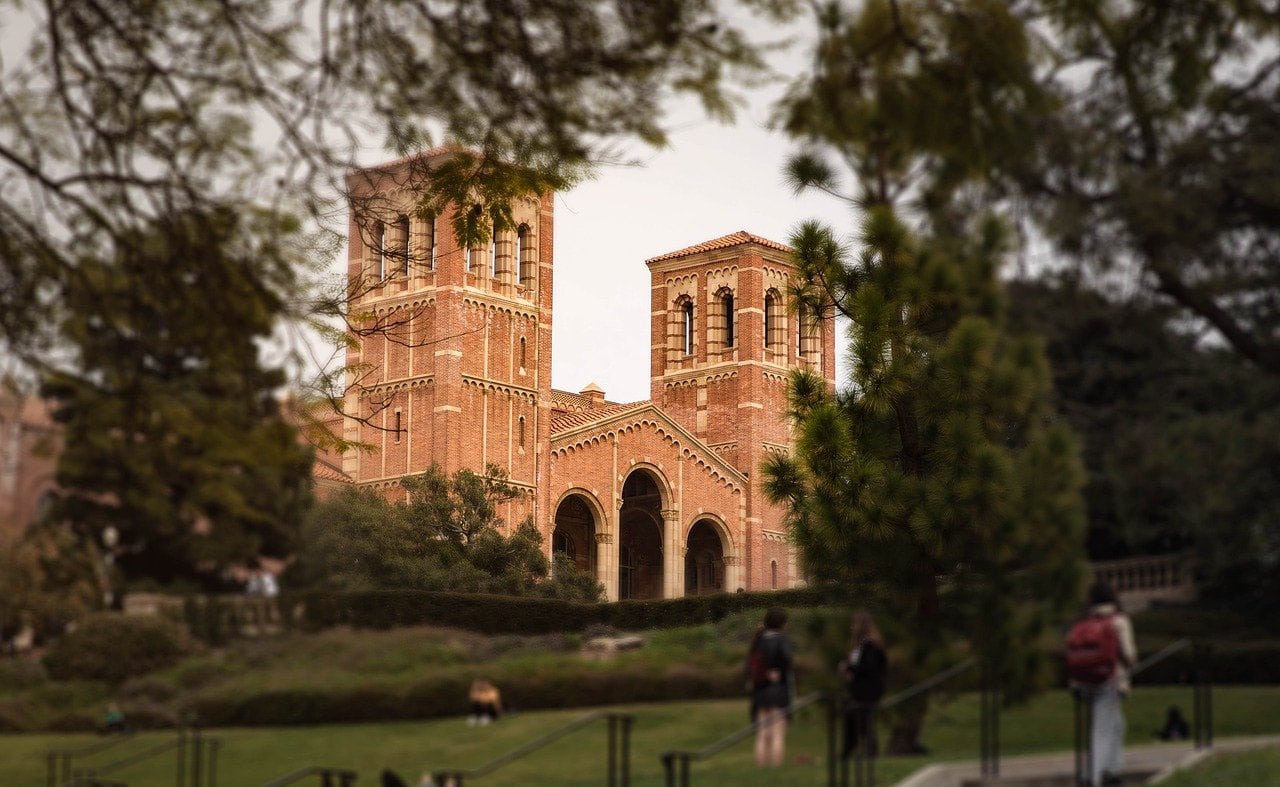

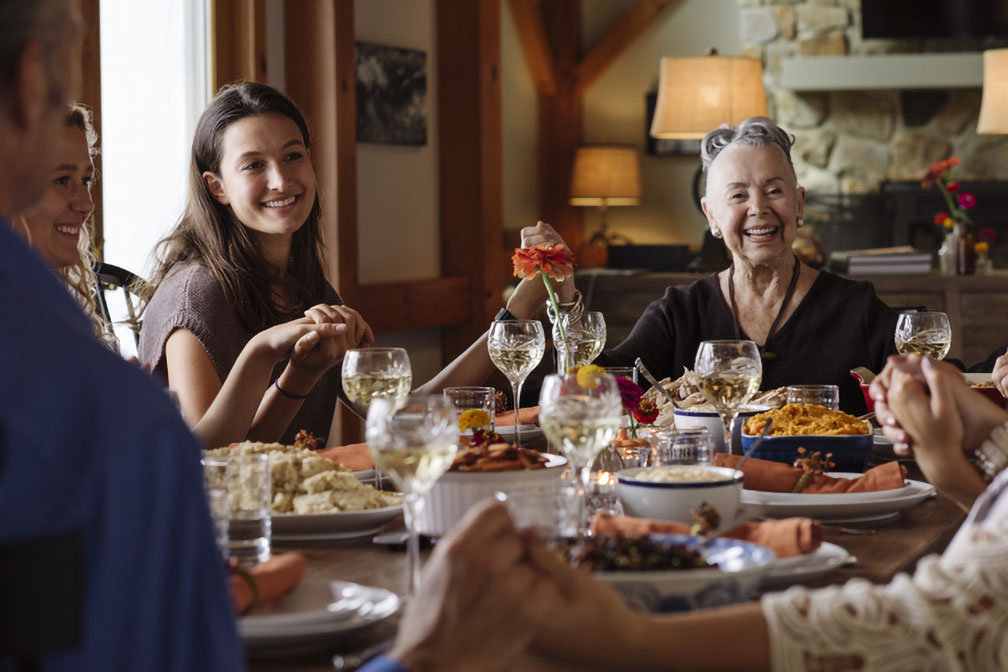
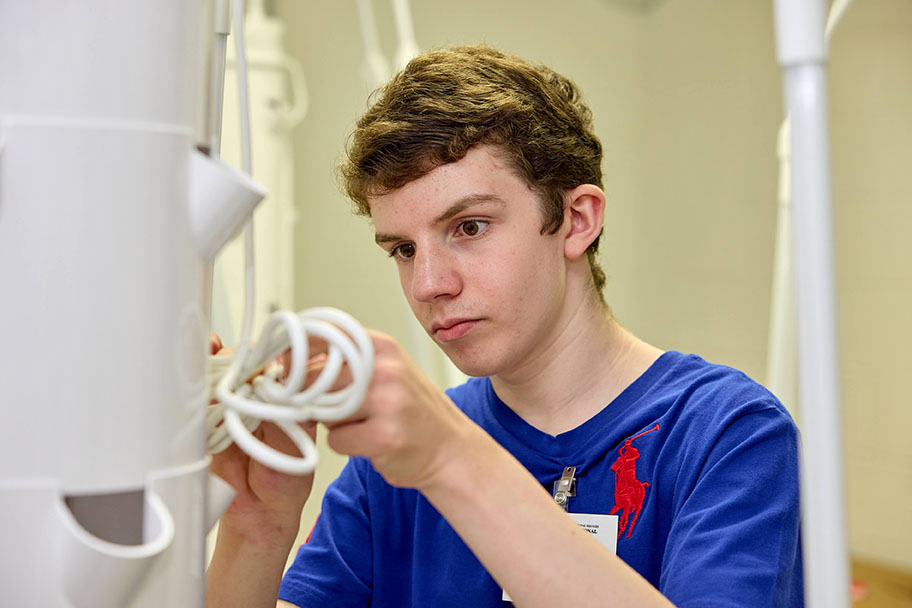

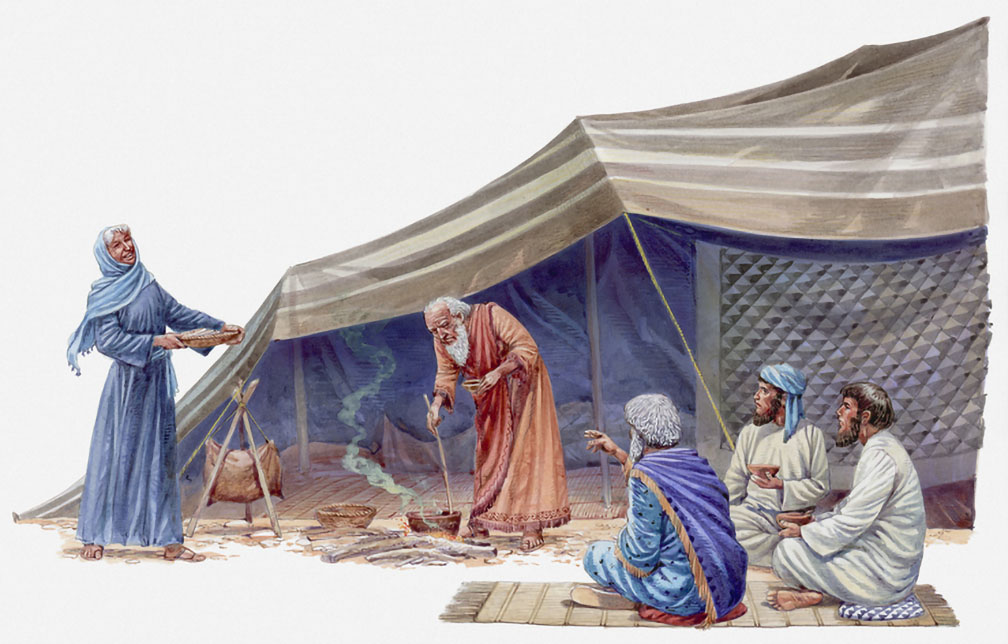
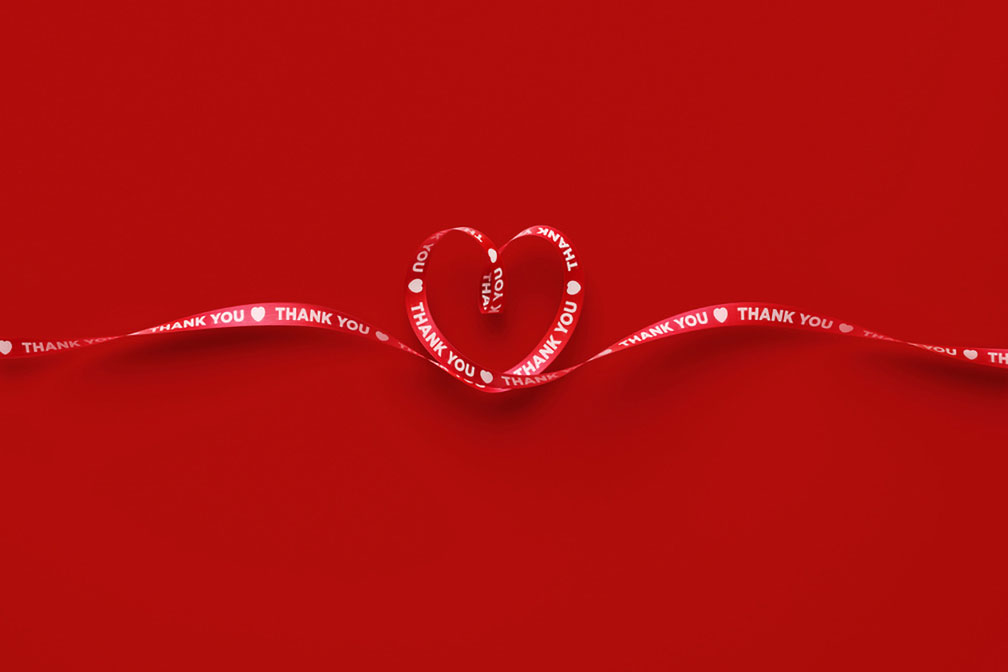
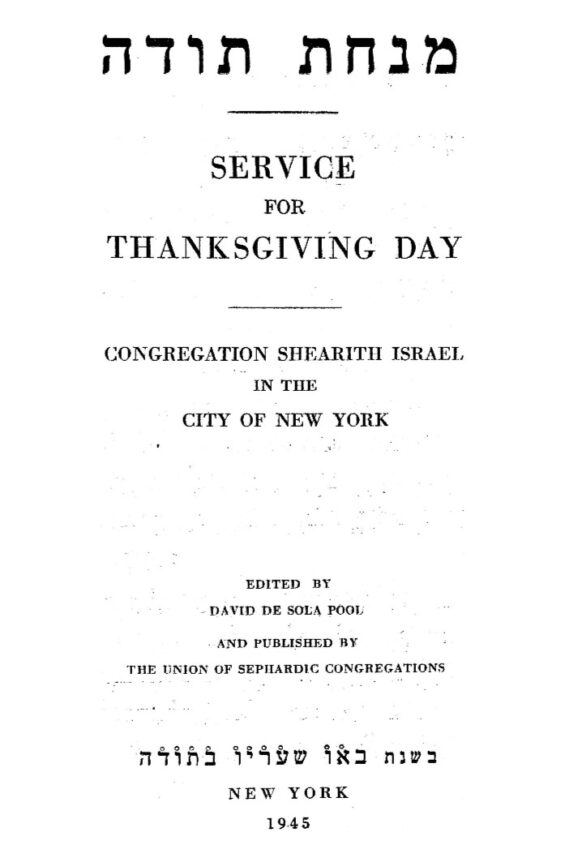
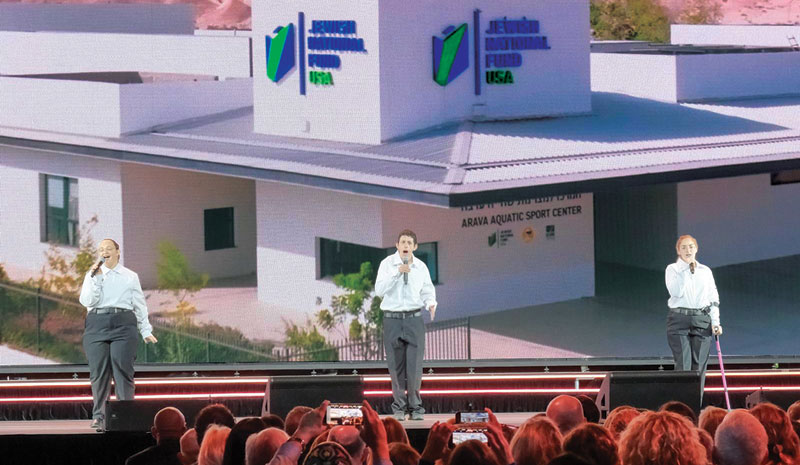




 More news and opinions than at a Shabbat dinner, right in your inbox.
More news and opinions than at a Shabbat dinner, right in your inbox.